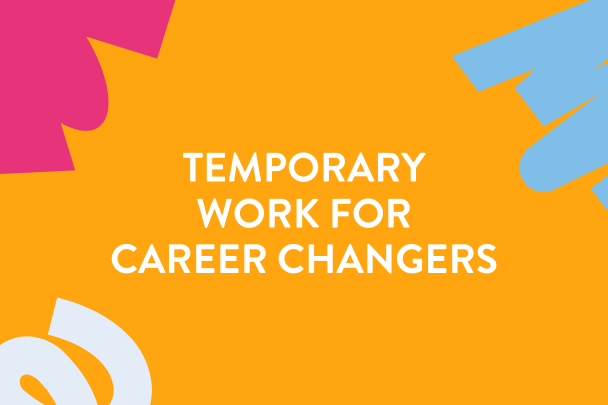If you tend to avoid difficult conversations, you’re not alone. But ask yourself this question: “What will change if I don’t have this conversation?” The answer is nothing. That’s right. If you avoid the situation, you risk staying in a less than desirable set of circumstances. You also rob yourself of the ability to enjoy a better relationship with whomever it is you need to have the conversation with. Difficult conversations are inevitable, whether it’s at work with colleagues, with your significant other, or even friends. But they don’t necessarily have to be difficult. By getting comfortable with the process of how to have difficult conversations, you can operate from a place of empowerment rather than fear or anxiety.
Follow these 4 pillars of how to have difficult conversations:
1. Assessment
This is actually where most of the work comes in. You can’t have a successful resolution without a clear assessment of the situation and that takes preparation. These are not conversations to have on impulse or because your emotions are running high. First, clearly define the goal of the conversation. What is the outcome you wish to achieve? It can be as simple as having a better working relationship with someone. Now it’s time to really assess the situation.
Ask yourself how you’re contributing to the situation and be ready to own it. Are the circumstances triggering an emotional response in you that may be disproportional to the situation? Are you overreacting? Conflict is generally a two way street arising from things both said and unsaid. You may not be sharing how you feel, but keeping things bottled in can cause you to exhibit nonverbal behaviors that contribute to conflict and tension. Be sure you don’t have a hidden agenda. Your goal may be to have a better working relationship, but be careful that you’re not also looking to win an argument or prove someone wrong. If you’re trying to find blame, it’s best not to have the conversation until you’re able to let go of that desire. When we feel the need to have a difficult conversation, that need can come from a feeling of being wronged by the other in some way. But it’s not often that we take a step back to think about how we might be contributing to the issue or look at things from the other’s perspective.
2. Approach
Part of why it’s so important to take the time to properly assess the situation is to help you with your approach. It’s critical that you avoid putting the other person on the defensive. You can’t approach the conversation as if you’re right and they’re wrong. If you begin the conversation as if you have all of the facts, it will be over before it starts. Instead, think of the conversation as a way to explore and learn more about what’s going on with the other person. Don’t start with “We have to talk” or suggest that you think they are to blame for something. No one wants to feel like they are in trouble. Instead, acknowledge that there are two of you in this situation and highlight the end goal. For example, you could say “I think we have different opinions on this project. But I’d really like for us to try to understand each other and find a way to work more effectively together.”
3. Attitude
Just as your approach will get you started on the right course, your attitude will steer your conversation. You have to remain open to hearing the other person’s perspective. That doesn’t mean you have to agree, but you must acknowledge that you can understand how the other person feels when you look at it from their point of view. If you or the other person get defensive, you’ll want to take a step back and address it. Its ok to say, “I think you’re getting defensive and that’s not my intention.” You can also acknowledge your own defensiveness and hit the pause button for a moment. A good way to redirect is to use a contrasting statement. For instance, “I’m not saying your work on this project isn’t good enough. You’ve been very committed. What I am saying is that the statistics need a bit more work.” If you have to, restate the purpose of the talk. You’re not there to find fault or blame but to work on creating a better working relationship.
4. Action
You can talk until the cows come home, but if there is no action, there is no change. The action may be small. It can be something as simple as realizing how the other person operates and keeping that in mind or remembering not to take things personally. Likewise, your colleague may resolve to be more sensitive when offering feedback. For example, you may be someone that has lots of creative ideas and gets really excited about them. When you share them, your colleague may look to poke holes in your ideas. You can interpret that as something being done to purposefully highlight the weaknesses of your ideas. However, that may not be your colleague’s intention. In fact, they may be trying to help you strengthen your idea. Your strength may be in creative ideation while your colleague’s may be that of being deliberative and carefully anticipating obstacles in any given situation. These are actually two traits that commonly clash in work environments. But, with the right communication and understanding between them, they can be powerful partners.
Some conversations are going to be more difficult than others. But with the right preparation and mindset, you’ll be surprised at how much stress you can eliminate.









